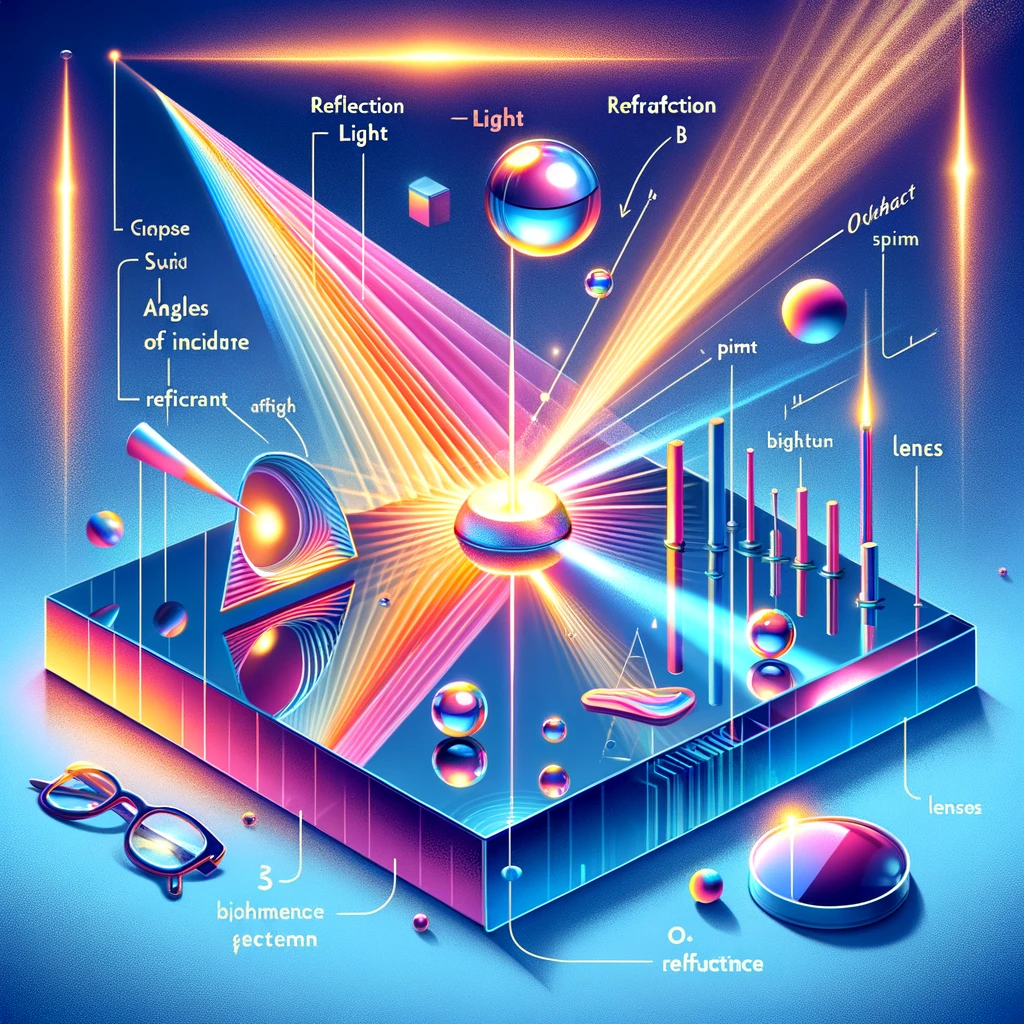
Shedding Light on Reflection and Refraction: A Detailed Study for Class 10 Science

Illuminating Light: Reflection and Refraction Explained
Introduction
Light, a form of energy visible to the human eye, undergoes two fundamental processes when it encounters different surfaces and media: reflection and refraction. This chapter delves into the principles governing these phenomena, exploring their principles, laws, and applications.
Section 1: Understanding Reflection
Reflection occurs when light bounces off a surface. It is governed by two main laws: the angle of incidence is equal to the angle of reflection, and the incident ray, reflected ray, and the normal to the surface at the point of incidence lie in the same plane.
Types of Reflection
- Specular Reflection: Reflection from a smooth surface, where parallel rays remain parallel after reflection, producing a clear image.
- Diffuse Reflection: Reflection from a rough surface, where rays scatter in many directions, making it impossible to form a clear image.
Section 2: Exploring Refraction
Refraction is the bending of light as it passes from one medium to another with a different density. This bending occurs due to a change in the speed of light in different media.
Laws of Refraction
- Snell’s Law: Describes the relationship between the angles of incidence and refraction, dependent on the refractive indices of the two media.
Applications
- Lenses: Converging and diverging lenses demonstrate refraction’s ability to focus or disperse light, crucial in optical devices like glasses, cameras, and telescopes.
Section 3: Optical Instruments
This section introduces various optical instruments that utilize the principles of reflection and refraction to function, including mirrors, lenses, and the human eye.
The Human Eye
- An overview of the eye’s structure and how it uses refraction to focus light on the retina, enabling vision.
Conclusion
The phenomena of reflection and refraction are pivotal in understanding how light interacts with the world around us. Their study not only illuminates the principles of optics but also highlights their vast applications, from the simple magnifying glass to complex astronomical telescopes.
Call to Action
Conduct experiments to observe reflection and refraction firsthand. Explore how changing angles and mediums affect the behavior of light and consider the implications of these phenomena in technological advancements and everyday life.